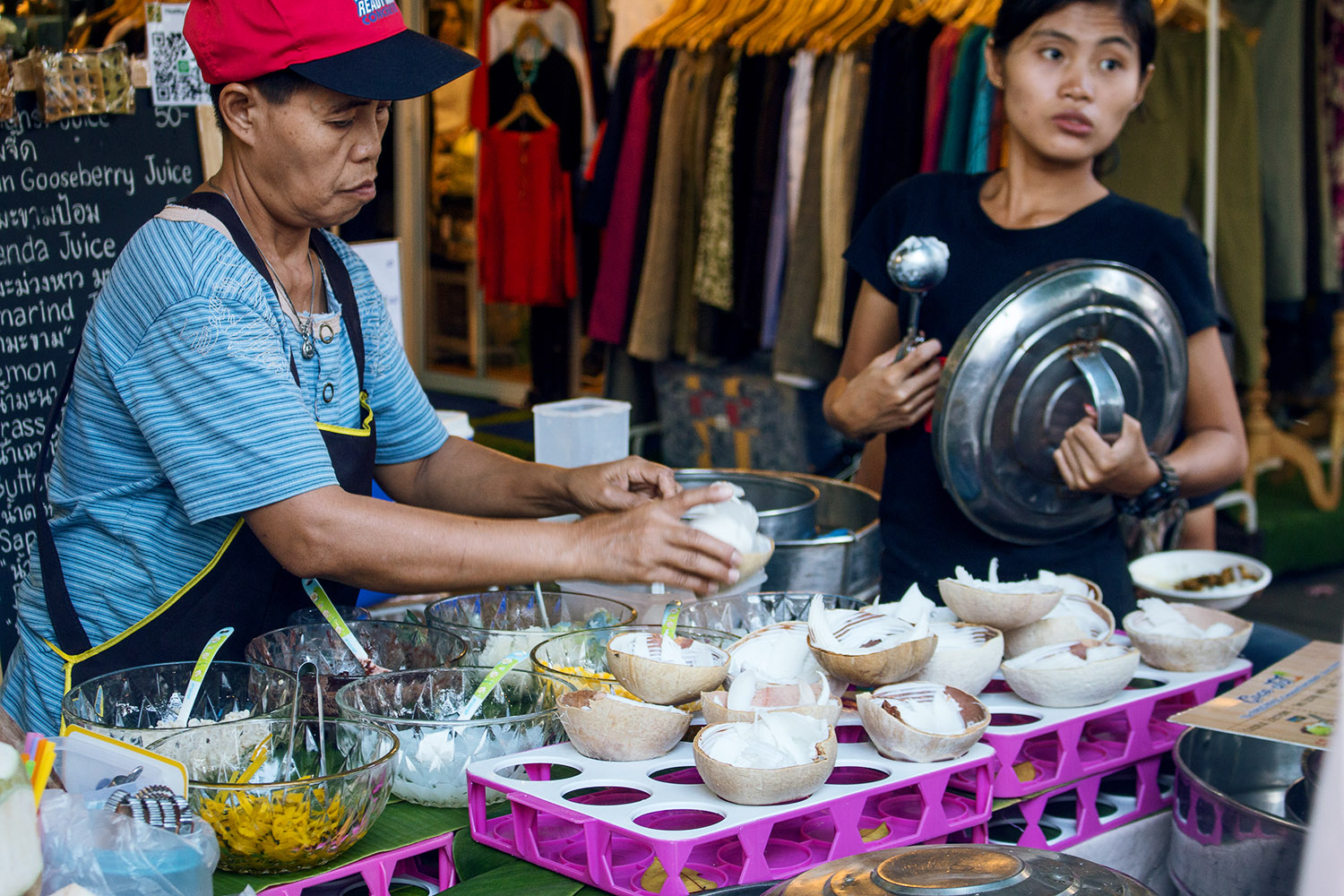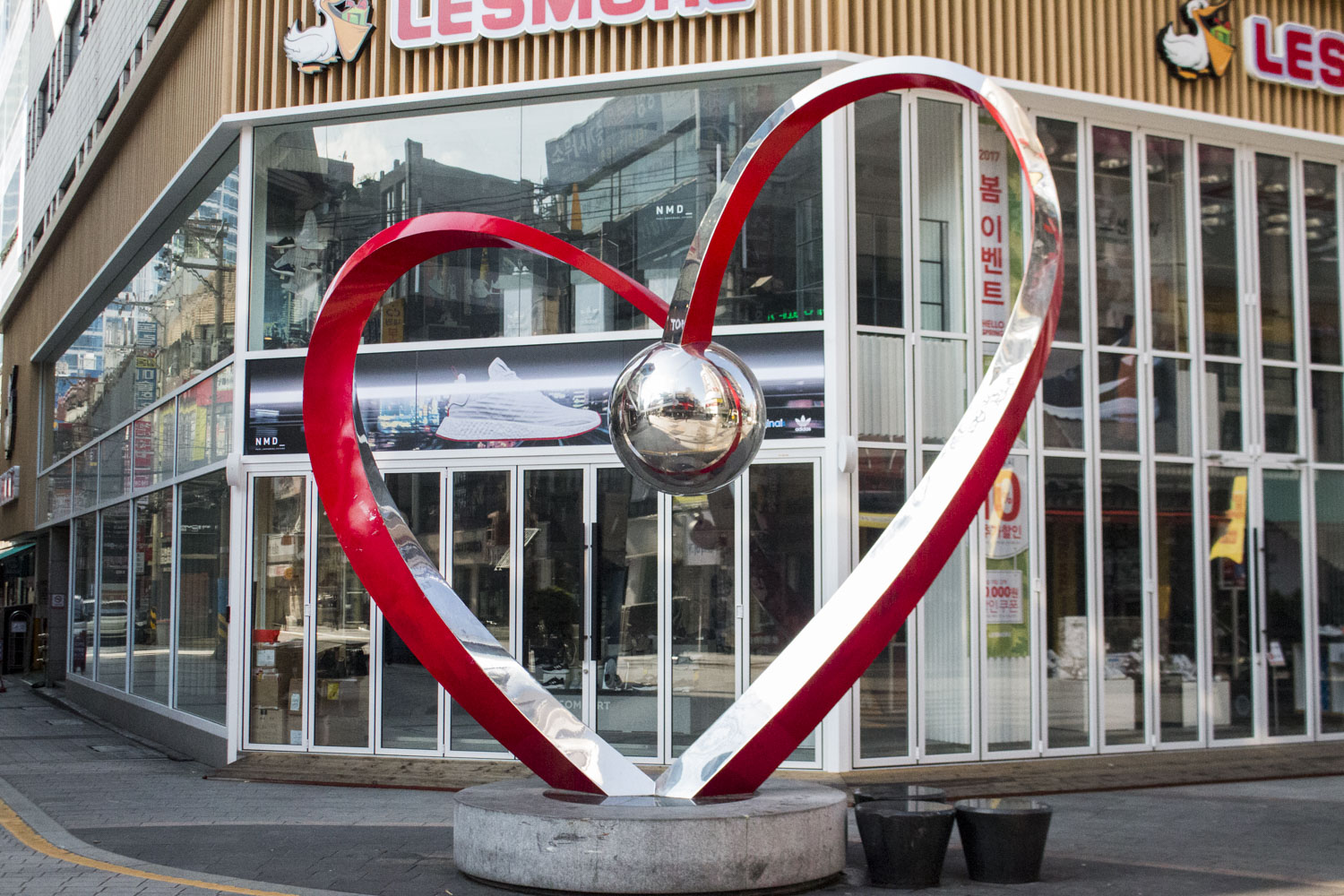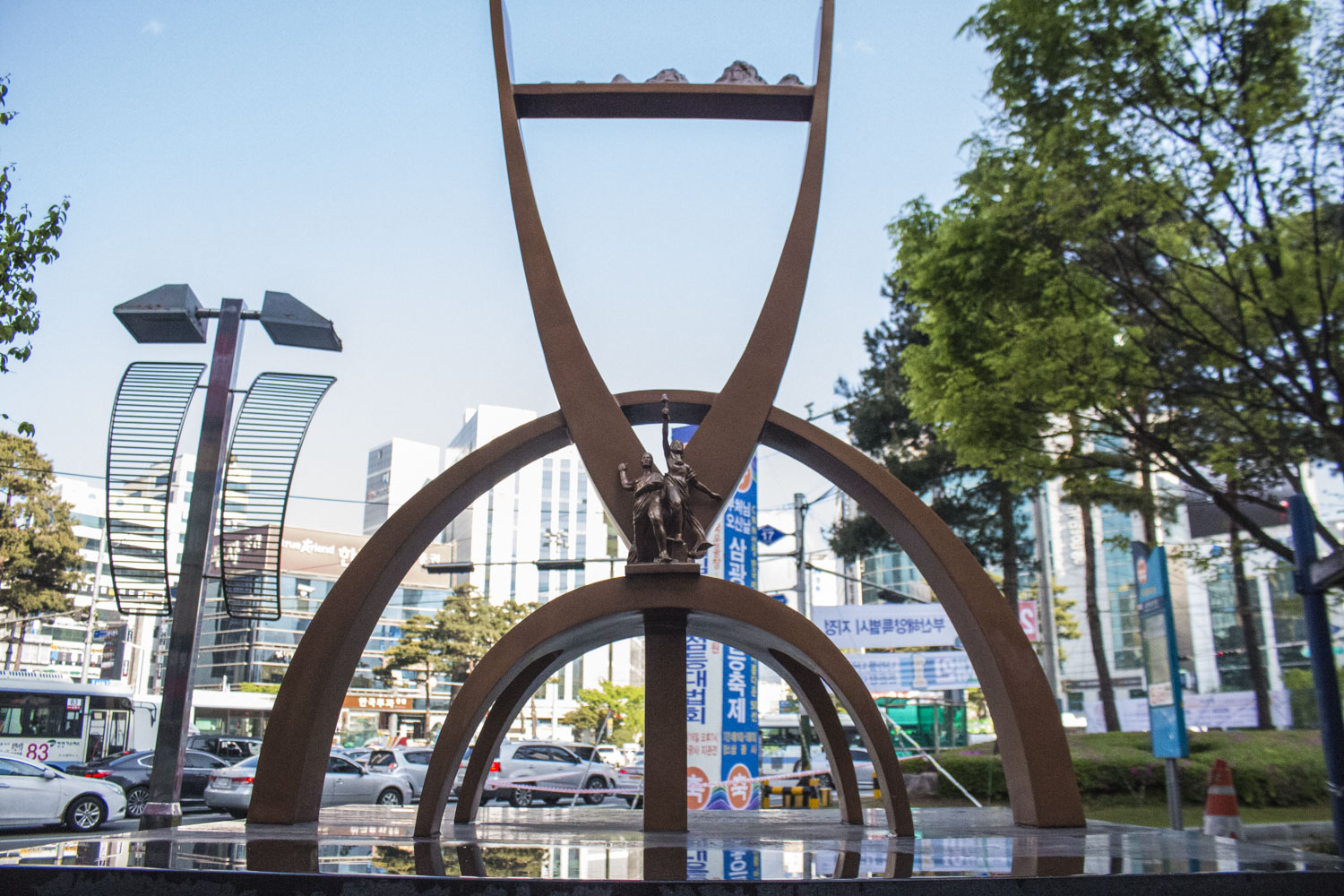The Divanun Guide is a one pager of everything to eat, see, and do in Bangkok
Historical
The Grand Palace- home of the royal family
Wat Pho- Temple of the reclining Buddha my fav temple in Bangkok
Rattankosin Island (Old Town)- Historic district filled with tiny alleys and ancient beauty
Temples Galore- so many temples to post about but you could fill many days exploring these beauties
Cultural
Chatuchak Weekend Market- Massive market filled with food and clothes galore. A must if you want to bring back souvenirs
Festivals
Songrkran- Water Festival. I’ll probably never go because its set during one of the hottest month. April 12-15
Yi Peng- Lantern Festival. (I celebrated this in Chiang Mai but the festival in Bangkok is nice too). Full Moon of the 12th Lunar Moon, ( November)
Chinese New year
Bangkok Arts and Culture Center- A free contemporary arts center in downtown. I saw a ton of art reflecting people’s feelings about the passing of King Rama IX
MOCA Bangkok- A paid contemporary art museum further north then the Chatuchak Market
MBK- A huge mall that has to be seen to believed. A great place to spend those hot summer months
Khao San Road- The party district for foreigners in Old Town.
Kathmandu Photo Gallery- Shows a collection of emerging artist and the owners work.
Food
Som Song Pochana- I had this amazing soup dish called Sukothai noodles. OMG it was amazing. Its in a random part of Old Town and you have to walk down some weird alleys but its definitely worth it.
Kanom Beung Bang Mae Prapa- Had this amazing tiny Thai crispy crepes that are sweet called kanom beung. You see them everywhere in Thailand but they had the best
Kim Leng- This amazing spot has Mee Krob which is this crispy rice noodle that has the best balance of spicy and sweet. They also have dishes that are rare in most Thai restaurants.
Look Sao Kor Panit- this place has some of the best mango sticky rice. I got this recommendation from the cleaning lady at my favorite hostel and she did not disappoint.
Beef Lady- this is not the best description but outside of my favorite hostel NapPark there was a lady who sold beef that is the best beef I’ve ever had. I still think about this beef from time to time its so good. She sells beef and sticky rice by the kilo.
Krua Apsorn- This place has a delicious crab omelet and fish cakes. Also they have some bomb mushroom medley.
Miscellaneous
Accomodation
NapPark is my favorite Hostel in Bangkok. It’s more expensive them some of its neighbors but it is definitely worth it. It is always clean even though it houses so many people. They have a great atmosphere and I met so many people relaxing in their lounge.
Transportation
Public
There is a bus and a train system that I used to get around pretty well.
Private
There are ride share apps like Uber and Grab. As well you can order motorcycles on these apps which is the cheapest and fastest way to get around the city.







































